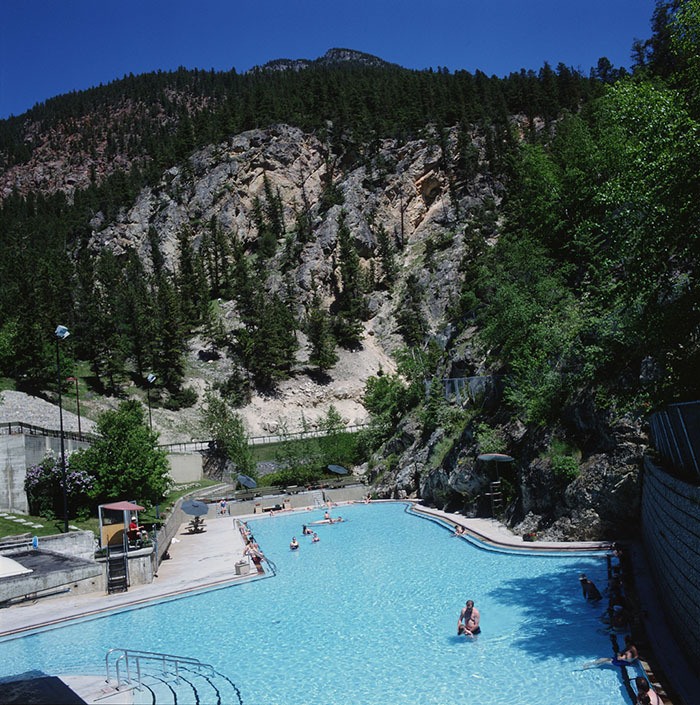The federal government’s plan to hand over management of all three mountain parks’ hot springs to a private operator has been delayed. According to Executive Director of Mountain National Parks Tracy Thiessen, who was lasted quoted in The Valley Echo (‘Hot pools privatization protest gains momentum’, The Valley Echo, December 5th, 2012) as saying the government was on track to release the Request for Proposals (RFP) in early 2013, the earliest the RFP will be ready is the fall.
“We’re in the process of discussing the interests of area First Nations in this land divestiture,” Thiessen said. “These hot pools are in their traditional territories.”
In April 2012, the government announced its plans to privatize all three hot pools — the Radium Hot Springs pool as well as the Banff Upper Hot Springs and the Miette Hot Springs in Jasper. Forty-two pool employees were notified their positions may be subject to workforce adjustment. May 2013 was set as the target date for the transfer with the RFP due out in six to eight months.
A year later, the RFP is still under development, which Union of National Employees Public Service Alliance of Canada regional vice president Kevin King takes as an indication that the whole privatization project is not getting off the ground.
“The people we represent (hot pools employees) are continuing to be on pins and needles,” King said. “Considering there have been so many botched delays on the commercialization… rescind the affected letters that staff received, and let the people who are best suited to running that operation — our current-day members who we represent — continue to provide a quality experience.”
All three pools are in the public domain, are affordable, and are marginally profitable, he said.
“But the government shouldn’t be in the business of making a profit anyways,” he said. “The profits that are maintained go right back into the asset to recapitalize the asset and for further upgrades.”
There are roughly 20 First Nations across the mountain parks that have an interest in the hot pools, including the Ktunxa and Shuswap First Nations in the Columbia Valley.
“The Hot Springs lie within Ktunaxa Traditional Territory, and have historically been used by Ktunaxa,” Ktunaxa Nation Chair Kathryn Teneese told The Valley Echo in an email. “The Ktunaxa Nation are aware that Parks Canada is in the process of proposing changes to hot springs operations, and we have indicated our desire to enter into consultations with them, regarding how those changes fit within the over-arching stewardship principles of the Ktunaxa.”
And these consultations take time, Thissen said. In the meantime, it’s status quo for Parks employees as well as members of the paying public.
“A year later, we are still taking the time to do it right,” she said. “This area of due diligence is taking a bit long because of the sheer number of First nations we’re talking about.”
But because of the stall in proceedings, King said it’s clearly evident that the consultation process is not well thought out.
“Before we even engaged the media on this matter, we actually went to see First Nations first, because we are aware First Nations led the settlers of the area to share and explore and welcome everyone to the therapeutic waters of Banff, Radium and Miette,” he said. “This could be part of a bigger struggle with respect to land claims.
“I think the employer has really jumped the gun on this initiative because I haven’t seen the employer bring all 20 First nations groups to the table to have a grand conversation about how these things should best be operated.”
The Shuswap First Nation could not be reached for comment.
